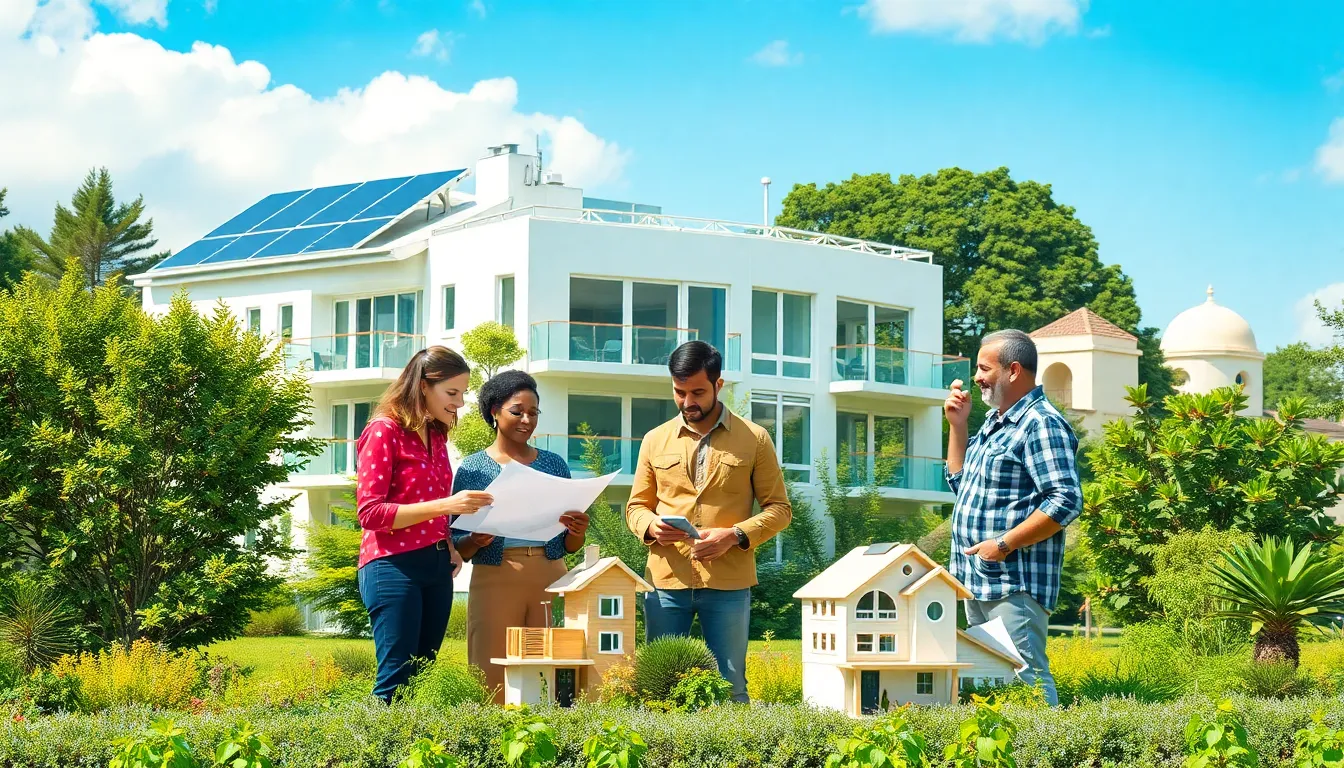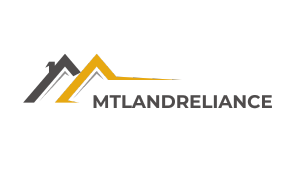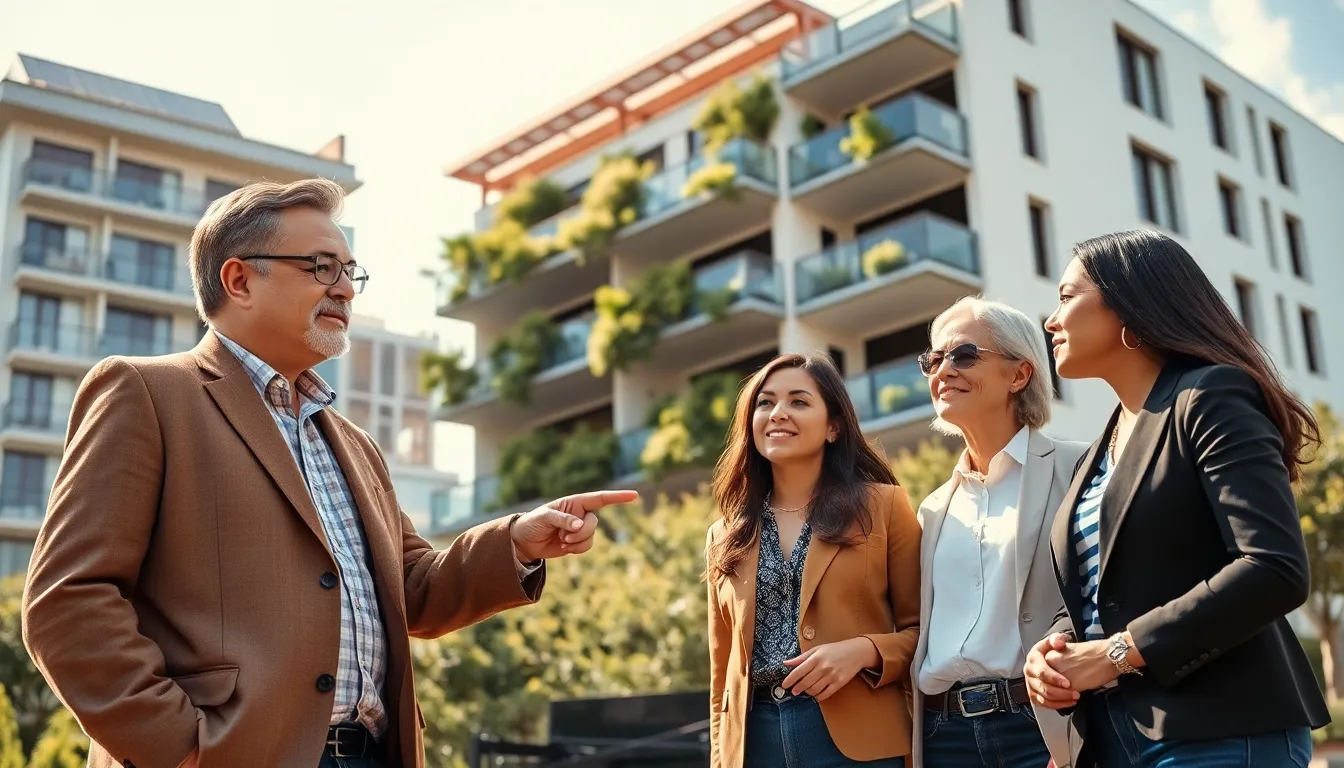In a world where climate change is the hot topic at every dinner party, green real estate investments are like the eco-friendly superhero of the property market. They’re not just about saving the planet; they’re also about cashing in on a booming trend that’s turning heads and wallets. Who wouldn’t want to invest in properties that are as good for the earth as they are for the bank account?
Imagine owning a home that’s energy-efficient, sustainable, and stylish—all while reducing your carbon footprint. It’s like having your cake and eating it too, but the cake is made of solar panels and organic materials. As more buyers seek eco-conscious living, green investments aren’t just smart; they’re downright trendy. So, buckle up as we explore how going green can lead to greener pastures in real estate.
Table of Contents
ToggleOverview of Green Real Estate Investments
Green real estate investments represent a growing sector focused on environmentally sustainable properties. These investments not only aim to lessen environmental impacts but also deliver compelling financial returns.
Definition and Importance
Green real estate refers to properties designed with energy efficiency and sustainability in mind. They incorporate elements like solar panels, energy-efficient appliances, and sustainable materials. Importance lies in the shift towards environmentally responsible living. Investors increasingly recognize the value of properties minimizing their carbon footprints while addressing rising energy costs. Sustainable developments often comply with regulations and standards, enhancing their appeal in the market.
Key Benefits
Investing in green real estate provides several advantages. Firstly, energy-efficient properties typically yield lower operating costs, resulting in higher profitability. Secondly, eco-friendly properties attract a growing demographic of conscious buyers and renters, increasing demand. Thirdly, potential tax incentives and grants exist for green developments, incentivizing investments. Furthermore, sustainable properties often benefit from increased property values over time, offering financial stability. Finally, aligning investments with sustainability goals appeals to socially responsible investors, promoting long-term growth.
Market Trends

The green real estate sector is rapidly evolving, with significant trends shaping its future. Market indicators suggest a strong momentum towards sustainability in property investment.
Growth in Sustainable Development
Sustainable development is gaining traction among builders and investors. Developers are increasingly investing in LEED-certified structures and energy-efficient systems. Regulations often incentivize environmentally responsible construction practices. Market data shows that 80% of new commercial buildings focus on sustainability features. These developments often see faster sales and higher returns compared to conventional properties. More locales are implementing green building standards, driving growth in the sector.
Consumer Demand for Eco-Friendly Properties
Consumers increasingly prioritize eco-friendly features when purchasing homes. Surveys indicate that 75% of homebuyers consider energy efficiency vital in their decision-making process. Features like solar panels, smart-home technology, and sustainable materials attract more buyers. Eco-conscious design often commands higher prices, reflecting consumer willingness to invest in sustainability. Investors recognize this shift in consumer preference, aligning their portfolios accordingly. Educated buyers are well-informed about the benefits of green properties, leading to increased demand.
Types of Green Real Estate Investments
Green real estate investments come in various forms, primarily focusing on sustainability and energy efficiency. Understanding these types helps investors align their portfolios with eco-friendly initiatives.
Residential Properties
Residential properties represent a significant segment of green real estate investments. These include energy-efficient homes designed with sustainable materials and features such as solar panels or high-efficiency appliances. Homebuyers recognize the cost savings associated with lower energy bills, leading to greater demand for these properties. Survey data shows 75% of homebuyers prioritize energy efficiency, indicating a strong market for green residential options. New developments often incorporate smart-home technology, enhancing convenience while promoting sustainability. Furthermore, properties that achieve certifications like LEED attract even more buyers due to their added value and environmental benefits.
Commercial Properties
Commercial properties also present lucrative opportunities for green real estate investments. Many investors focus on LEED-certified buildings that promote sustainability while providing lower operating costs. Market trends reveal 80% of new commercial constructions prioritize sustainability features, reflecting growing investor interest. These properties tend to sell faster and yield higher returns compared to conventional options. Enhanced demand from businesses prioritizing corporate responsibility further drives the appeal of green commercial investments. Integrating energy-efficient systems not only attracts tenants but also ensures compliance with evolving regulations, benefiting both investors and the environment substantially.
Financial Metrics
Understanding the financial metrics of green real estate investments helps evaluate their effectiveness and potential rewards. Clear insights into costs and returns guide investment decisions.
Cost-Benefit Analysis
Cost-benefit analysis of green real estate investments often reveals significant long-term savings. Energy-efficient properties generally have lower utility bills, leading to cost reductions of up to 30% over time. Additionally, green buildings frequently qualify for tax incentives, further enhancing financial attractiveness. Investors realize that expenses for sustainable materials and technologies are often offset by these savings. By prioritizing sustainable features, investors not only contribute to environmental goals but also maximize their financial returns. This dual approach encourages responsible investment strategies focused on both profit and sustainability.
ROI on Green Investments
Return on investment (ROI) for green properties consistently outperforms traditional options. Many studies indicate that properties with eco-friendly features appreciate faster, realizing increase rates of around 10% over conventional properties. Increased demand for energy-efficient homes drives prices higher, benefiting investors significantly. Furthermore, LEED-certified buildings typically yield higher rental incomes due to tenant preferences for sustainability. Investors adapting to these market shifts uncover numerous opportunities for substantial returns. Overall, aligning investments with green practices enhances financial performance while promoting environmental responsibility.
Challenges in Green Real Estate Investments
Green real estate investments face several unique challenges. Addressing these issues proves essential for potential investors.
Regulatory Hurdles
Navigating regulatory hurdles presents a significant challenge. Investors must comply with local, state, and federal guidelines that can vary widely. Compliance requirements often lead to increased operational complexity and costs. Moreover, changing regulations can create uncertainty for developers and investors. Understanding zoning laws and building codes is crucial to avoid violations. Local governments may impose additional standards that new constructions must meet, which could further complicate investment decisions. Investors often find the need for continuous updates on policies that impact green real estate, making it essential to stay informed.
Initial Investment Costs
Initial investment costs can deter potential investors. Sustainable materials and energy-efficient systems typically involve higher upfront expenses. While green properties often yield long-term savings, many investors hesitate due to the immediate financial outlay. Developers frequently cite material costs as a barrier, especially when sourcing eco-friendly alternatives. Furthermore, researching and implementing the latest technologies can add to overall expenses. Investors must weigh these costs against potential long-term benefits and incentives. The financial commitment may appear daunting but can be justified by the promise of lower operating costs and appreciation over time.
Green real estate investments represent a promising avenue for those looking to combine financial gain with environmental responsibility. As the demand for sustainable properties continues to grow investors are finding that aligning their portfolios with eco-friendly practices not only meets market expectations but also enhances profitability.
The shift towards energy-efficient and sustainable properties is more than just a trend; it’s a movement that reflects changing consumer values. By embracing green investments investors can tap into a lucrative market while contributing to a healthier planet.
With the right strategies and an understanding of market dynamics the potential for success in green real estate is significant. As this sector evolves staying informed and adaptable will be key to maximizing returns and achieving long-term sustainability goals.



